This easy salad recipe features a flavorful farro, which is filling and nutrient-dense. This recipe lends itself to include any vegetables you may have in your fridge or pantry. To better absorb the flavors, cook the farro in water with lime juice, Mexican spice, and cilantro.
The Delicious and Highly Nutritious Farro Salad
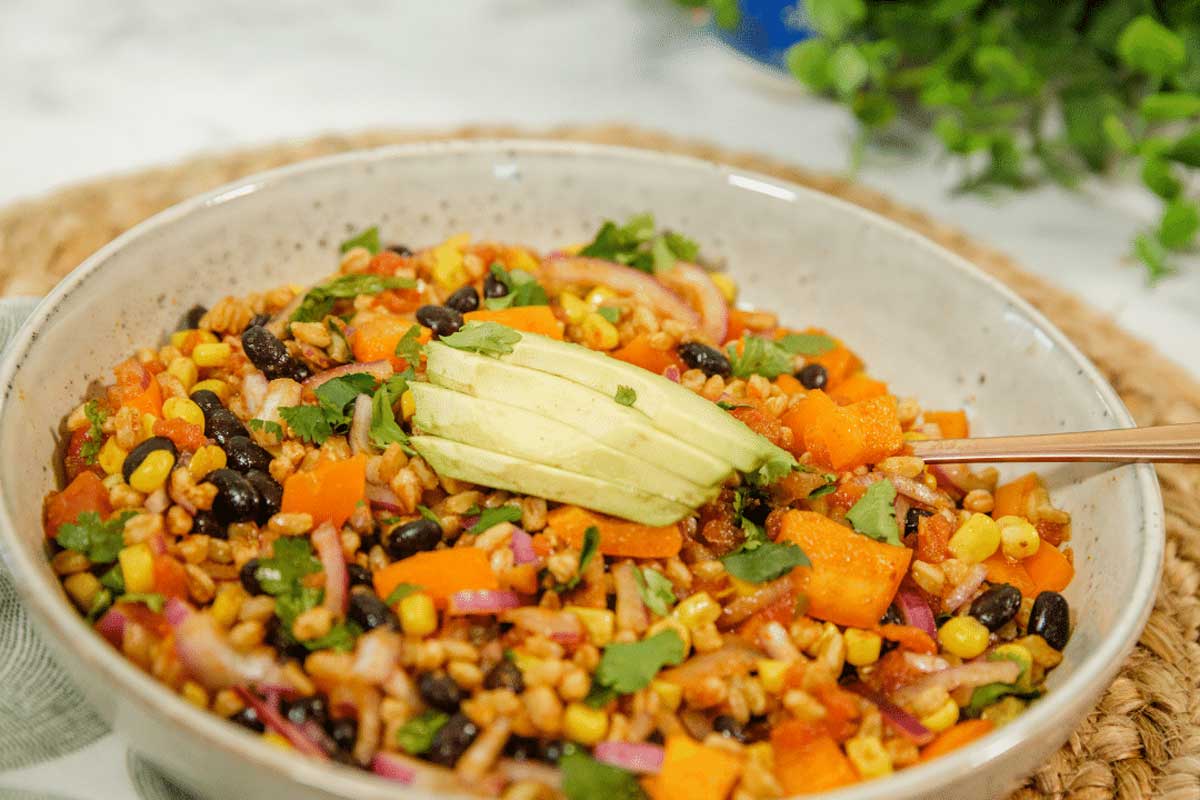
Photo credit: Michael Fleming
Recipe credit: Beverly Verwey
One of our favorite things about spring is the opportunity to add more fresh vegetables to our plates, and there's no better way to serve all that colorful produce (like lettuce, green beans, peas and radishes) than in a delicious spring salad.
If you’re someone who hears the word ‘salad’ and immediately fears an unsatisfying, less-than-filling meal, have no fear! This protein-packed recipe is here to change your mind.
In search of meal prep ideas? Packed with seasonal ingredients, this salad delivers maximum flavor with minimal prep time.
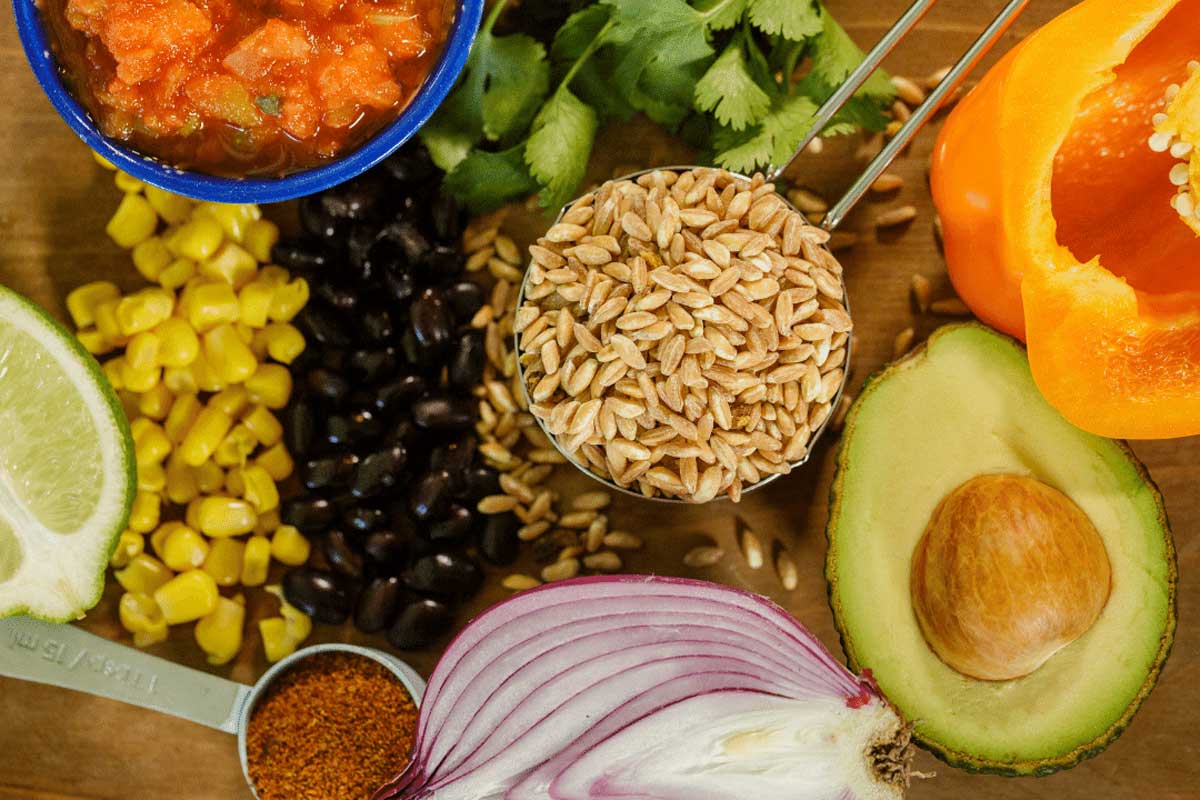
What Is Farro?
Farro is an ancient grain that has been around for thousands of years. More recently, it has grown in popularity. Not only does it taste great — it’s also good for your health. Farro is also a great alternative to refined grains and can easily be added to your diet.
The name farro refers to a couple different types of grains, mainly because the name is used interchangeably in different regions and countries.
The kind that’s most commonly found in the US and Europe is emmer wheat. It’s sold dry and prepared by cooking it in water until it’s soft and chewy. Before it’s cooked, it looks similar to wheat berries, but afterward it looks similar to barley. It’s a small, light-brown grain with a noticeable outer layer of bran.
Farro is loved for its nutty flavor and unique, chewy texture. It’s a great alternative to other popular grains, such as rice, quinoa, buckwheat and barley, among others. It can be eaten alone or as an ingredient in dishes like stews, salads and soups. It can also be mixed with fruit and cream and eaten in a similar style to granola or muesli.
Wondering if farro is carbohydrate-rich? Yep. It's a whole grain, after all. Heads up: It's not gluten-free either.
Why is Farro a Great Main Ingredient Option?
Farro is an extremely nutritious grain that makes a great alternative to rice or other grains. It is a great source of fiber, iron, protein and magnesium. With all of those nutrients in this little grain, it can provide a lot of health benefits for your diabetes or for heart health or for brain health.
Farro is a much healthier alternative to white rice or other refined grains. One-fourth cup (47 grams) of organic, whole grain emmer farro contains plenty of fiber (5 grams) and protein (6 grams) in exchange for just 34 grams of carbohydrates.
Adding some farro to your diet will give you a healthy dose of zinc, magnesium and vitamin B3 (niacin), all of which play important roles in your body.
Zinc is essential for a rock solid immune system and wound healing, as well as breaking down carbs during digestion.
Magnesium is needed for strong bones, optimum immunity, healthy nerve and muscle function, and to keep your heartbeat regular.
Vitamin B3 (niacin), along with other B vitamins, helps break down and convert food into energy. It also helps keep your hair, skin, and eyes healthy, along with other functions.
With all of those nutrients packed into this little grain, it can provide a lot of health benefits for your diabetes, heart health, and brain health. Also, it helps regulate blood glucose levels and is linked to improved insulin sensitivity.
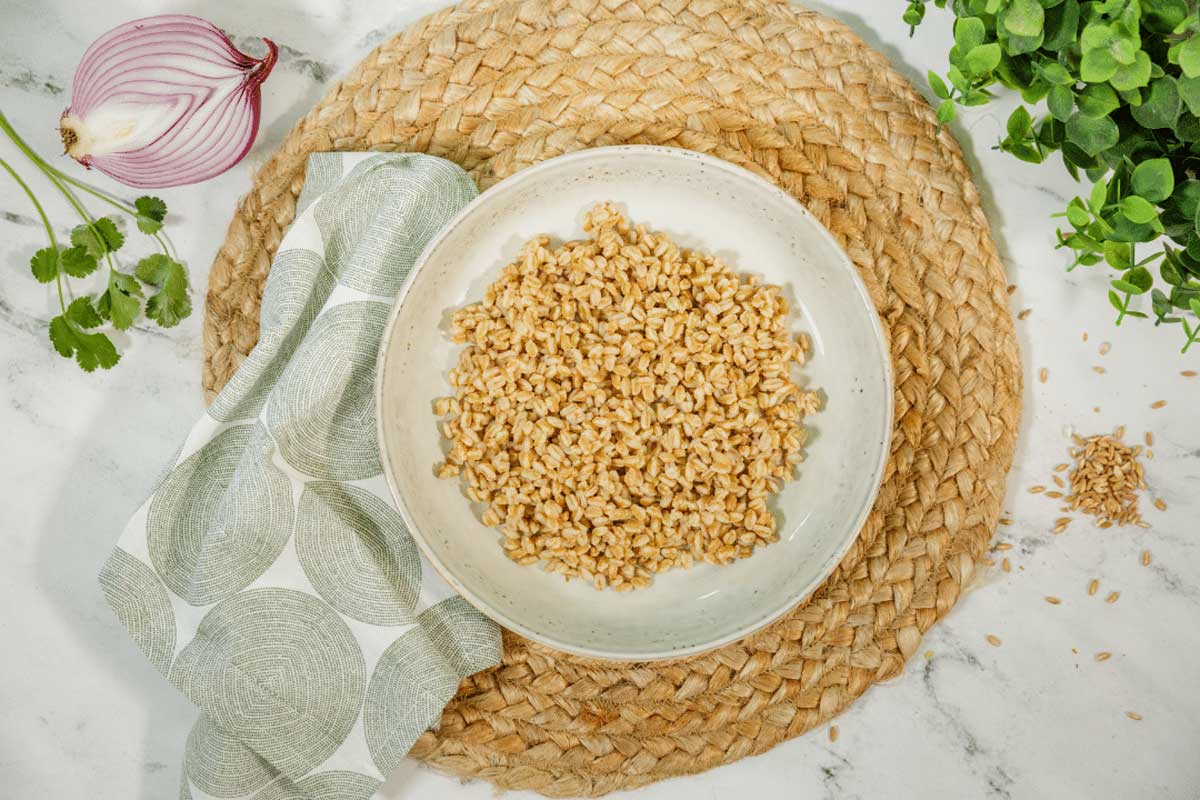
Buying Tip
Shopping for farro isn't as simple as you'd think — and unfortunately, dissecting the packaging won't help (unless you know what you're looking for). Although farro medio is by far the most popular in the United States, there are three other common varieties of farro that you might spot in the grocery store.
Pearled farro: This is what you'll find in most American grocery stores. Although it doesn't have as much flavor as other varieties, it has the shortest cook time (which explains why most people love it).
Semi-pearled farro: This version is the best of both worlds with half of the grain intact and a reduced cook time.
Whole farro: Since the grain is still intact, this version has the most nutrients per serving and strongest flavor. Even after soaking the grains overnight, whole farro typically takes at least 30 minutes to cook.
Farro: the Versatile Grain
One of the best things about farro is its versatility. Depending on the ingredients you mix it with, farro can create a distinctly Mexican flavor, Italian, or even fresh Americano. Farro is a solid substrate to add seasoning to in order to create a satisfying, healthy dish.
In this particular recipe, the black beans, peppers, cilantro, avocado, lime, and spices swirl together to create a delightful and hearty Mexican dish that is sure to satisfy.
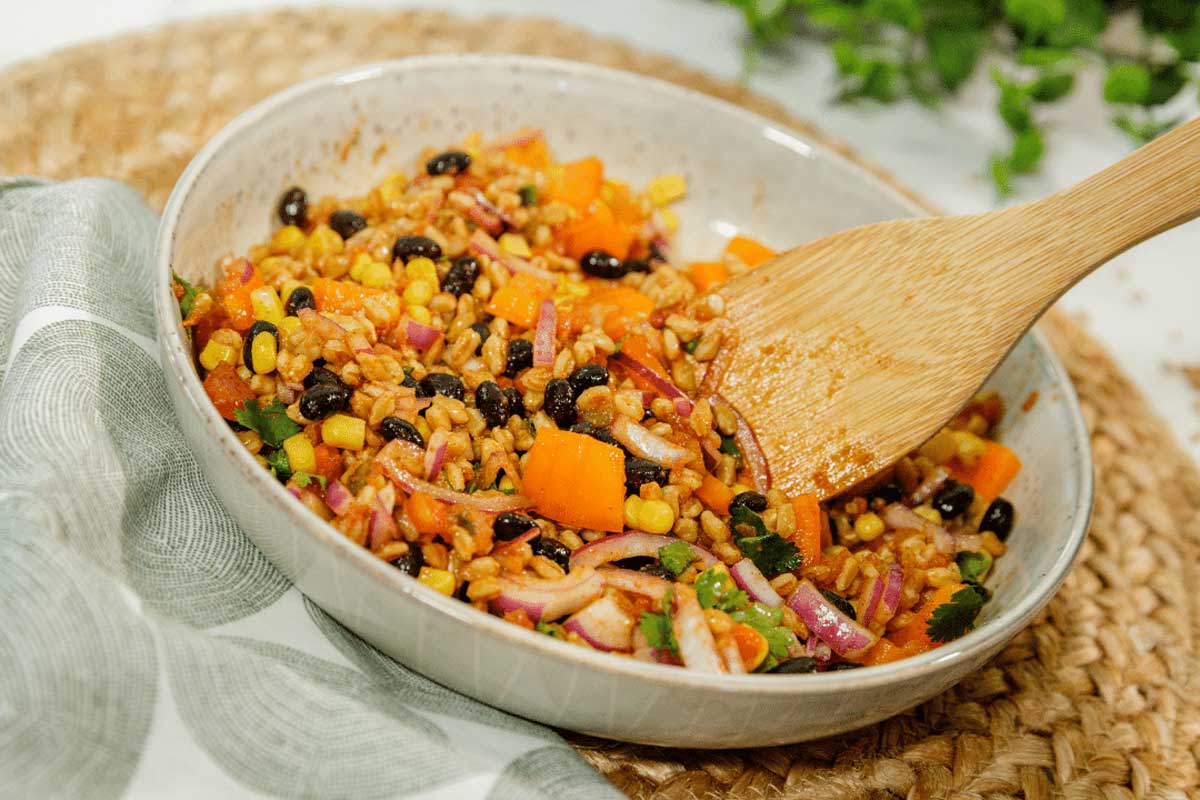
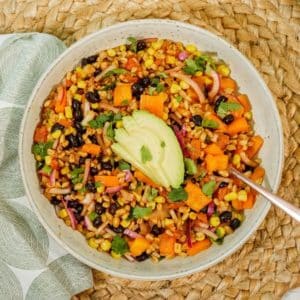
Farro Salad
Ingredients
- 1 cup cooked farro
- 1 tbsp lime juice - (or 1/2 lime)
- 1 tbsp Mexican spice
- 1/4 cup cilantro
- 1/2 cup corn - frozen
- 1/4 cup salsa - use your favorite heat level
- 1/2 bell pepper or hot pepper
- 1/2 red onion - thinly sliced
- 1/2 cup low sodium black beans
- 1/2 avocado - sliced
Instructions
- Add lime juice, mexican spice, and cilantro to cooked farro and combine well. Place the farro mixture into a bowl.
- Around the farro place corn, pepper, onion salsa and black beans.
- Stir everything together before eating.

